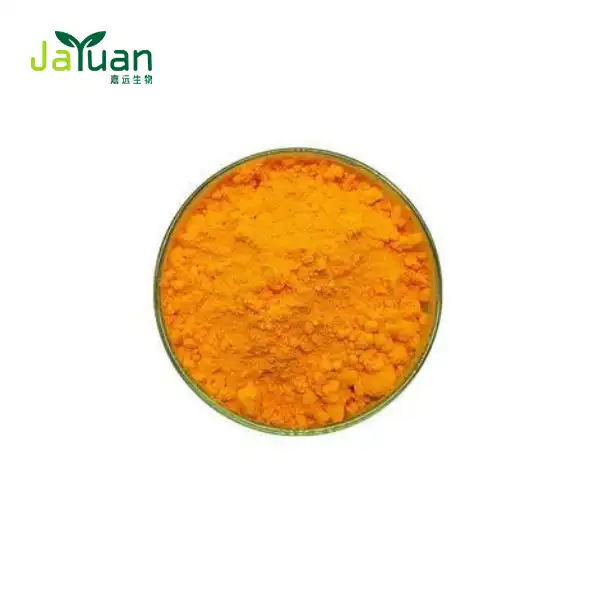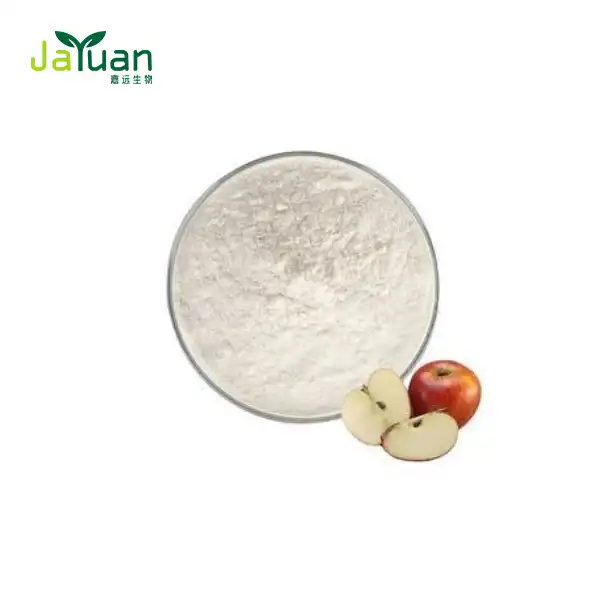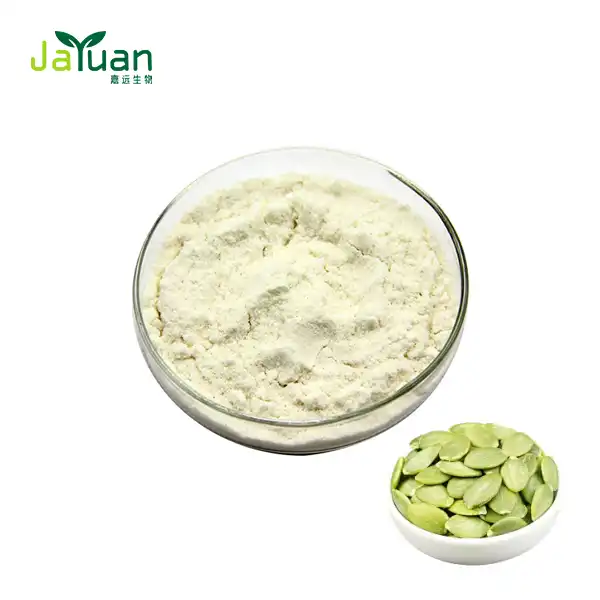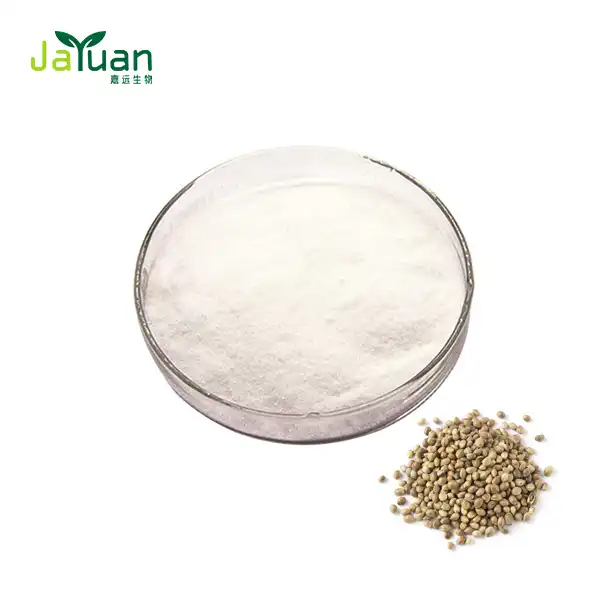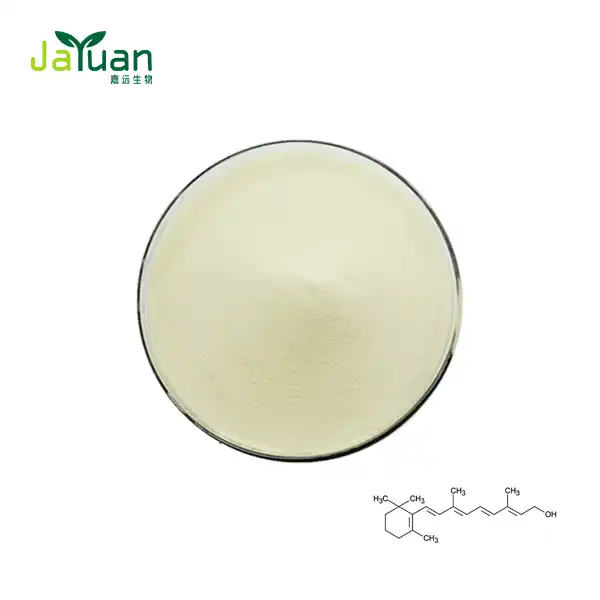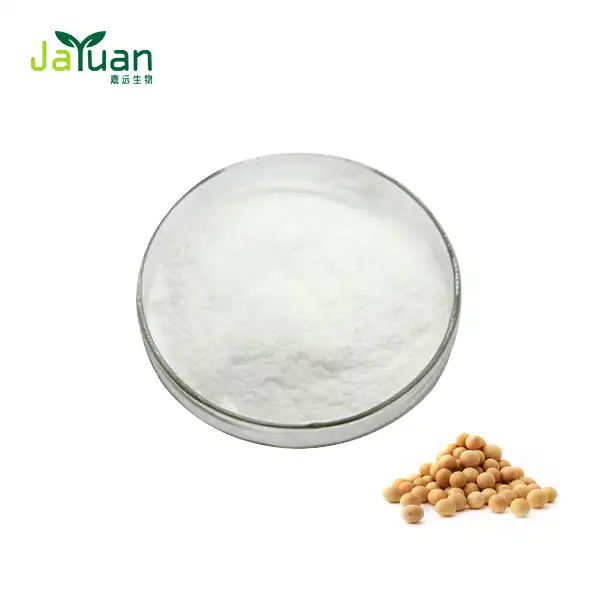Does Stevioside Melt?
What is Stevioside?
Due to its intense sweetness and zero calories, Stevioside, a natural sweetener derived from the leaves of the Stevia rebaudiana plant, has become a popular sugar substitute.Despite its widespread use in dietary supplements and well-known health benefits, one frequently asked question is: Is stevioside able to melt under certain circumstances? Stevioside Powder's use in cooking, baking, and food production depends on knowing its physical properties, like its melting point and stability.

Can You Cook with Stevioside?
Certainly! Understanding stevioside's special properties and how it varies from customary sugar is essential for cooking with it. Stevioside is a naturally occurring sweetener that is extracted from the Stevia rebaudiana plant's leaves and is well-known for its intense sweetness and low calorie content.
It is a popular sugar substitute, but when used in baking and cooking, it behaves differently than sugar, raising the question of its suitability for culinary use.Stevioside behaves differently when heated than sugar when used in cooking, so it's important to keep this in mind.Stevioside, in contrast to sugar, has a high heat stability and melts and caramelizes at high temperatures. Stevioside is stable at temperatures up to 200°C (392°F), according to research that was published in the "Journal of Agricultural and Food Chemistry." This implies it very well may be utilized in most cooking processes, including baking and bubbling, without losing its pleasantness or separating.
However, the absence of the melting and caramelizing properties of sugar can have implications for recipes.At the point when utilized in baking, stevioside doesn't give a similar surface, dampness, or searing impacts as sugar because of the shortfall of caramelization and the Maillard response.In order to achieve the desired texture and appearance, recipes may need to be modified.For instance, incorporating ingredients like fruit purees or dairy products can help maintain moisture and texture in baked goods, while a small amount of brown sugar might be needed for browning.
Understanding the stability of stevioside under different conditions is crucial.Stevioside is known for its excellent stability across a wide range of pH levels and temperatures, making it suitable for various culinary applications.It remains stable in acidic environments typically found in beverages and maintains its sweetness without degradation over time. However, prolonged exposure to extremely high temperatures above 200°C (392°F) may lead to some degradation, resulting in a slight reduction in sweetness. Therefore, it's advisable to use Stevioside Powder in recipes where it won't be subjected to excessive heat for extended periods.
Stevioside's storage stability is another important factor to take into account. Stevioside keeps its potency and sweetness for a long time when kept in a cool, dry place away from direct sunlight. However, clumping and possibly diminished sweetness can result from light and moisture exposure.Stevioside's quality can be preserved by storing it in airtight containers in a dark, dry location.
All in all, while stevioside doesn't dissolve like conventional sugar, its high intensity strength and adaptability go with it an astounding decision for different culinary applications. By understanding how to cook and prepare with stevioside, home prepares and food makers can make tasty, decreased sugar items that take care of wellbeing cognizant customers.
How Stable is Stevioside in Different Conditions?
Stevioside's stability under a variety of conditions is another important consideration. Its stability determines its suitability for various foods and beverages and its shelf life.
Stevioside is a great sweetener for acidic foods and drinks like fruit juices and soft drinks because it is stable across a wide range of pH levels and temperatures.Research presented in "Food Chemistry" indicates that stevioside remains stable in acidic environments (pH 3-4) typically found in carbonated beverages and citrus-based products. This stability ensures that the sweetness of stevioside extraction remains consistent without degradation over time.Stevioside, on the other hand, can undergo slight alterations when heated for an extended period of time or at extremely high temperatures.
Although it does not melt, prolonged exposure to temperatures greater than 392 degrees Fahrenheit (200 degrees Celsius) may result in some degradation and a slight reduction in sweetness. Therefore, it is suggested that stevioside be included in recipes where it will not be exposed to excessive heat for extended periods of time.
Furthermore, stevioside's steadiness away is vital. Stevioside keeps its potency and sweetness for a long time when kept in a cool, dry place.However, exposure to moisture and direct sunlight can cause clumping and potential loss of sweetness. Sealing stevioside in airtight containers and storing it away from light and humidity can help preserve its quality.
What Are the Best Uses for Stevioside in Cooking and Baking?
Stevioside is best suited for specific culinary applications because of its distinctive properties. Home cooks and professional chefs alike can make the most of this versatile sweetener with a better understanding of these.
Smoothies, salad dressings, and desserts that don't need to be baked all benefit greatly from the addition of stevioside extraction.These dishes can be served cold or at room temperature.Because of its intense sweetness, only a small amount is required, which can be advantageous for people who want to consume fewer calories without sacrificing flavor.
In beverages, stevioside is an excellent alternative to sugar.It disintegrates effectively in both hot and cold fluids, making it ideal for improving tea, espresso, lemonade, and different beverages.
Stevioside, in contrast to some artificial sweeteners, does not leave a bitter aftertaste, which makes the taste experience more enjoyable.Stevioside can be used to experiment with baking and produce successful results. Stevioside can help create cakes, cookies, and muffins with the texture and moisture of sugar by combining with other ingredients like fruit purees or dairy products.Stevioside can also be used in a blend with other sweeteners to achieve the right balance of sweetness and texture.
For those who enjoy homemade jams and preserves, stevioside offers a way to reduce sugar content while maintaining sweetness. Pectin, a natural thickening agent often used in jam making, works well with stevioside, allowing for lower-sugar versions of favorite spreads.
In conclusion, while stevioside does not melt like traditional sugar, its high heat stability and versatility make it an excellent choice for various culinary applications. By understanding how to cook and bake with Stevioside Powder, home cooks and food manufacturers can create delicious, reduced-sugar products that cater to health-conscious consumers.

For more information about stevioside and its applications, please contact sales@jayuanbio.com.
References
1."Thermal Stability of Stevioside and Related Sweeteners," Journal of Agricultural and Food Chemistry.
2."Stability of Steviol Glycosides in Acidic Beverages," Food Chemistry.
3."Effect of Stevioside on Sugar-Free Baked Goods," International Journal of Food Science & Technology.
4."Comparison of Steviol Glycosides and Other Sweeteners in Beverage Applications," Food and Chemical Toxicology.
5."Impact of Stevia on Glycemic Control in Patients with Diabetes," Clinical Nutrition.
6."Sweetener Alternatives in Baking: A Review," Food Science and Nutrition.
7."Use of Stevia in Low-Calorie Preserves," Journal of Food Processing and Preservation.
8."Consumer Perceptions of Natural Sweeteners," Journal of Food Products Marketing.
9."Health Benefits and Risks of Steviol Glycosides," Nutrients.
10."Storage Stability of Stevia Extracts," Journal of Agricultural and Food Chemistry.

